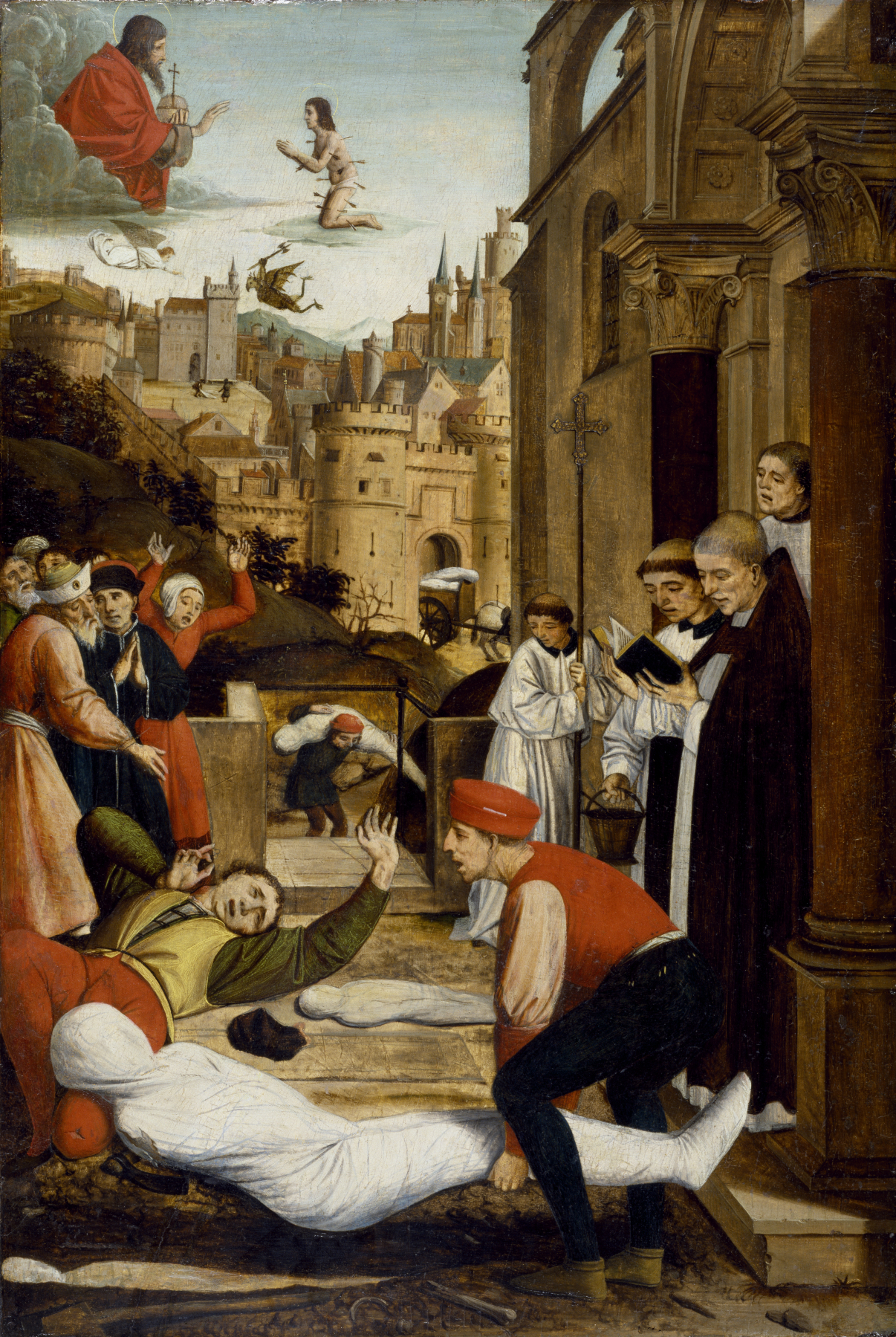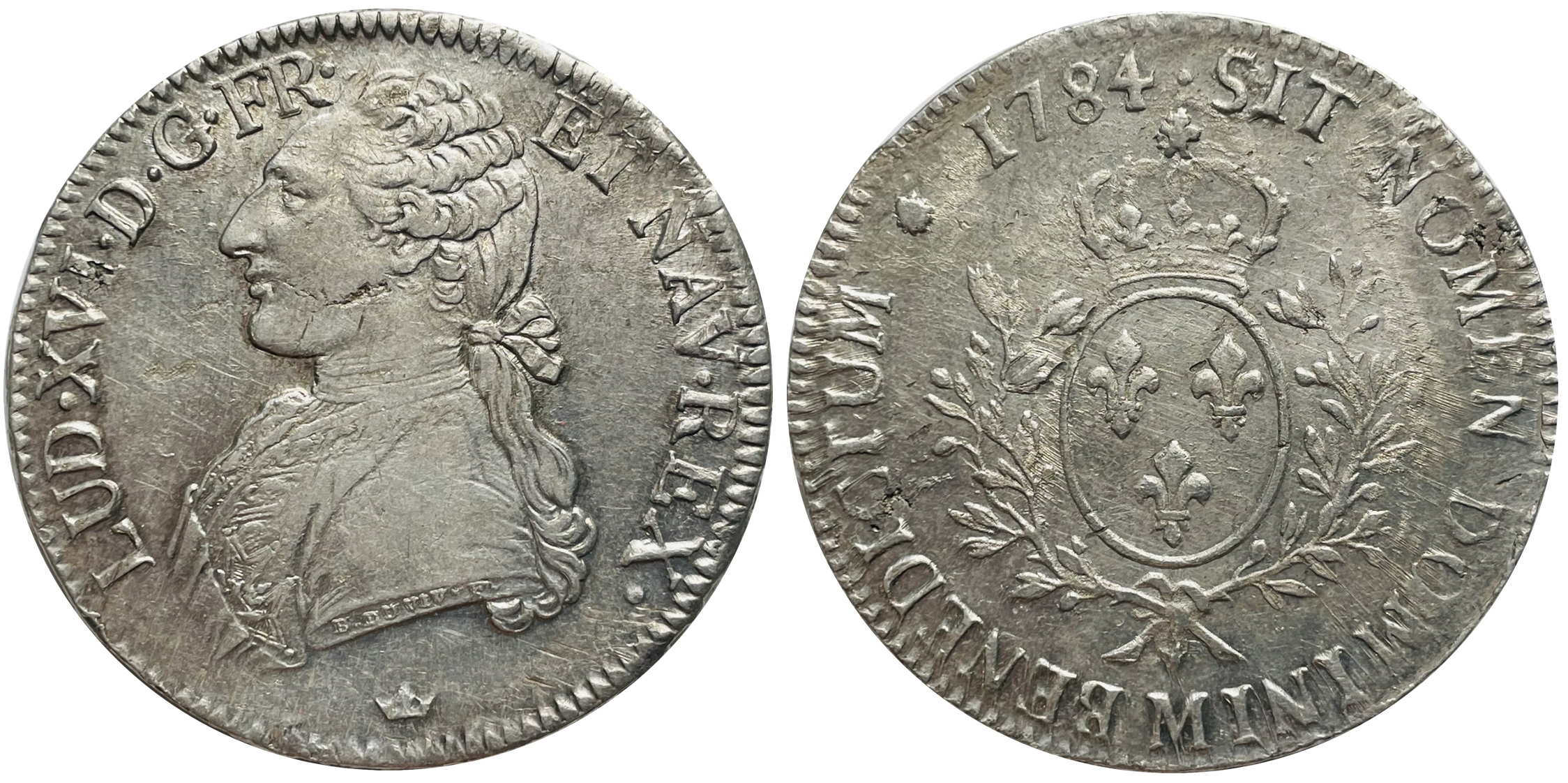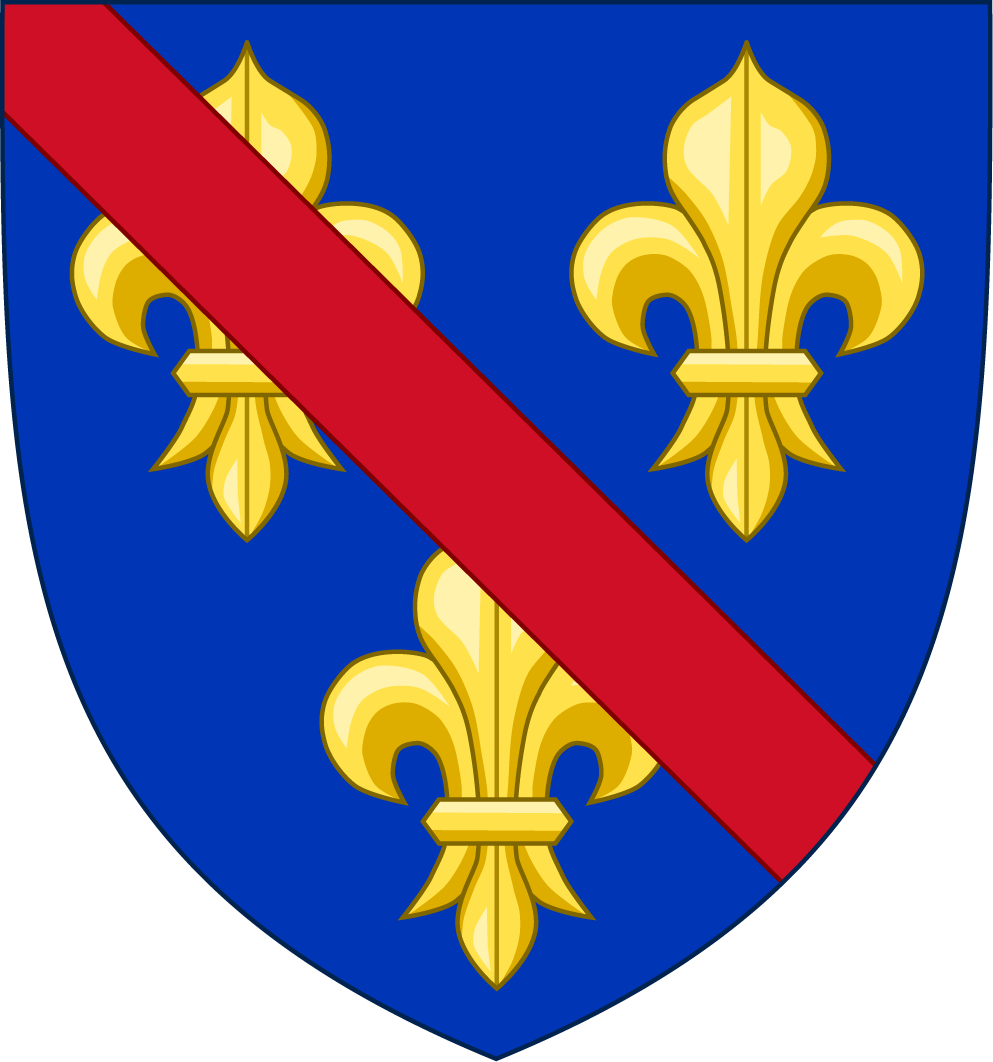|
René Of Savoy
René of Savoy (1473 – 31 March 1525) was a French nobleman and soldier. He was count of Villars (1497) and of Tende (1501). Known as "the Great Bastard of Savoy", he was the illegitimate son of Philip II, Duke of Savoy and Libera Portoneri - this made him the originator of the Savoie-Villars (or Savoie-Tende) branch of the House of Savoy. Biography He was legitimated in 1499, by his half-brother Philibert II. He was the second husband of Anne Lascaris - a daughter of the count of Tende, she was countess of Tende, marquise of Marro, lady of Prela, of Villeneuve and of Menton. René and Lascaris married on 28 January 1501 at Tende, during René's governorship of Nice. The count of Tende gave most of his lands with his daughter as her dowry and the marriage contract required that René take the name and coat of arms of the counts of Tende. In 1501 Philibert II remarried, to Margaret of Austria, who hated René and had her father Maximilian I revoke René's legitimation in 1502 ... [...More Info...] [...Related Items...] OR: [Wikipedia] [Google] [Baidu] |
Philip II, Duke Of Savoy
Philip II (5 February 1438 – 7 November 1497), surnamed the Landless, was the Duke of Savoy for a brief reign from 1496 to 1497. Biography Philip was the granduncle of the previous duke Charles II, and the youngest surviving son of Duke Louis of Savoy and Anne of Cyprus. However, he was not the heir general of the previous duke, there being several females before him in the line of succession. To ensure male inheritance to the Savoy line, his eldest son Philibert was married to his cousin, the only sister of the deceased young Duke. However, the plan did not succeed: the girl died at age twelve. (Philip had already died in the meantime.) The children of the daughters of Philip's eldest brother Duke Amedeo IX of Savoy were next in line, and were entitled to the inheritance of the line of heirs-general, including Cyprus and Jerusalem. Despite the fact that Cyprus and Jerusalem did not bar succession in female line, Philip took those claims and used those titles as well. ... [...More Info...] [...Related Items...] OR: [Wikipedia] [Google] [Baidu] |
Grand Master Of France
The Grand Master of France () was, during the and Bourbon Restoration in France, one of the Great Officers of the Crown of France and head of the "", the king's royal household. The position is similar to that of Lord Steward in England. History The original name of the office was Sovereign Master of the Hotel of the King (French: ''Souverain Maître d'hôtel du Roi), until 1380, then becoming Grand Master of the Hotel of the King (French: ''Grand Maître d'hôtel du Roi''), until 1463, before finally becoming Grand Master of France. The symbol of the Grand Master was a blue baton charged with golden fleur-de-lis, similar to the royal coat of arms of France, capped with a golden representation of the French royal crown. The Grand Master was entitled to bear this symbol of his office in his coat of arms, two being crossed in saltire behind the shield. Duties The position was a successor to the earlier positions of Mayor of the Palace and Seneschal of France. One of the hig ... [...More Info...] [...Related Items...] OR: [Wikipedia] [Google] [Baidu] |
Claude De Savoie
Claude de Savoie (1507–1566) was a French governor and commander. Son of René of Savoy, Tende's career would begin at a young age, fighting at the Battle of Pavia in 1525. He served extensively throughout the later Italian Wars in particular holding a key role in the Italian War of 1536–1538 and the dauphins invasion of Roussillon. During this time he would establish himself as a moderate religious presence, keen to achieve compromise and avoid the brutality that typified the Massacre of Mérindol perpetrated by one of his subordinates in 1545. With the outbreak of civil war in 1562, his son Sommerive rallied the Catholics of Provence against him, and successfully drove him into exile. Restored to his office in 1563, he would lead the region for another 3 years before dying in 1566. Early life and family Claude de Savoie was the eldest son of René of Savoy and Anne Lascaris, born on 27 March 1507. Marriage negotiations took place between Tende and Adrienne d'Estouteville w ... [...More Info...] [...Related Items...] OR: [Wikipedia] [Google] [Baidu] |
Ventimiglia
Ventimiglia (; , ; ; ) is a resort town in the province of Imperia, Liguria, northern Italy. It is located west of Genoa, and from the French-Italian border, on the Gulf of Genoa, having a small harbour at the mouth of the Roia river, which divides the town into two parts. Ventimiglia's urban area has a population of 55,000. Etymology The name derives from , which later became 'Albintimilium', , then . The similarity to the phrase ("twenty miles") is coincidental, although the town was almost exactly 20 statute miles from France between 1388 and 1860. History Ventimiglia is the ancient Album Intimilium, the capital of the Intimilii, a Ligurian tribe. In the Gothic Wars it was besieged by the Byzantines and the Goths, and later suffered from the raids of Rothari, King of the Lombards, but flourished again under Rodoald. In the 10th century, it was attacked by the Saracens of Fraxinet. After a period as an independent commune, it was ruled by the Counts of V ... [...More Info...] [...Related Items...] OR: [Wikipedia] [Google] [Baidu] |
Battle Of Pavia
The Battle of Pavia, fought on the morning of 24 February 1525, was the decisive engagement of the Italian War of 1521–1526 between the Kingdom of France and the Habsburg Empire of Charles V, Holy Roman Emperor, Charles V, Holy Roman Emperor as well as ruler of Spain, Austria, the Low Countries, and the Two Sicilies. The French army was led by King Francis I of France, who laid siege to the city of Pavia (then part of the Duchy of Milan within the Holy Roman Empire) in October 1524 with 26,200 troops. The French infantry consisted of 6,000 French foot soldiers and 17,000 foreign mercenaries: 8,000 Swiss mercenaries, Swiss, 5,000 Germans, and 4,000 Italians (Black Bands). The French cavalry consisted of 2,000 ''Gendarme (historical), gendarmes'' and 1,200 lances fournies. Charles V, intending to break the siege, sent a relief force of 22,300 troops to Pavia (where the Imperial garrison stationed consisted of 5,000 Germans and 1,000 Spaniards) under the command of the Fleming ... [...More Info...] [...Related Items...] OR: [Wikipedia] [Google] [Baidu] |
Pavia
Pavia ( , ; ; ; ; ) is a town and comune of south-western Lombardy, in Northern Italy, south of Milan on the lower Ticino (river), Ticino near its confluence with the Po (river), Po. It has a population of c. 73,086. The city was a major political centre in the medieval period, being the capital of the Ostrogothic Kingdom from 540 to 553, of the Kingdom of the Lombards from 572 to 774, of the Kingdom of Italy (Holy Roman Empire), Kingdom of Italy from 774 to 1024 and seat of the Visconti of Milan, Visconti court from 1365 to 1413. Pavia is the capital of the fertile province of Pavia, which is known for a variety of agricultural products, including wine, rice, cereals, and dairy products. Although there are a number of industries located in the suburbs, these tend not to disturb the peaceful atmosphere of the town. It is home to the ancient University of Pavia (founded in 1361 and recognized in 2022 by the Times Higher Education World University Rankings, Times Higher Education ... [...More Info...] [...Related Items...] OR: [Wikipedia] [Google] [Baidu] |
écu
The term ''écu'' () may refer to one of several France, French coins. The first ''écu'' was a gold coin (the ''écu d'or'') minted during the reign of Louis IX of France, in 1266. The value of the ''écu'' varied considerably over time, and silver coins (known as ''écu d'argent'') were also introduced. ''Écu'' (from Latin ''scutum'') means shield, and the coin was so called because its design included the coat of arms of France. The word is related to the Catalan language, Catalan ''escut'', Italian language, Italian ''scudo (other), scudo,'' or Portuguese language, Portuguese and Castilian language, Castilian ''escudo''. In English, the ''écu'' was often referred to as the crown, or the French crown in the eras of the crown (English coin), English crown, crown (British coin), British crown, and crown (currency), other crowns. History Origin When Louis IX took the throne, France still used small silver French denier, deniers (abbreviated ''d''.), which had circula ... [...More Info...] [...Related Items...] OR: [Wikipedia] [Google] [Baidu] |
Charles III, Duke Of Bourbon
Charles III de Bourbon comte de Montpensier then duc de Bourbon (17 February 1490 – 6 May 1527) was a French military commander, governor, prince of the royal blood and rebel during the early Italian Wars. The son of Gilbert de Bourbon and Clara Gonzaga, he was born into a junior branch of the royal house of France. The early death of his father and elder brother meant that he became the comte de Montpensier (count of Montpensier) in 1501. He then secured a very advantageous marriage in 1505 to Suzanne de Bourbon, the heiress to the senior line of the house of Bourbon. By this means he became the greatest feudal lord in the French kingdom. He participated in the expeditions of king Louis XII seeing combat at Genoa in 1507 and at the famous battle of Agnadello in 1509. In 1512, he was established as the governor of Languedoc, and in the final years of Louis XII's reign he would fight the Spanish in Navarre and the English in Picardy. With the death of Louis XII in 1515, he wo ... [...More Info...] [...Related Items...] OR: [Wikipedia] [Google] [Baidu] |
Siege Of Marseille (1524)
Italian War of 1494–98 * 5–8 September 1494: Battle of Rapallo * 17 October 1494: skirmishes near Sant'Agata sul Santerno * 19–21 October 1494: * 26–29 October 1494: Siege of Fivizzano * 8–9 November 1494: Florentine revolt against de' Medici * Mid-November – 28 November 1494: French occupation of Florence * ? 1495: French conquest and destruction of the Castello di Monte San Giovanni Campano * ? 1495: French sack of Tuscania (Province of Viterbo) * 22 February 1495: French capture of Naples * 2 May 1495: Battle of Rapallo (1495) * 11 June 1495: French occupation of Novara * 28 June 1495: Battle of Seminara * 1 July 1495: Skirmish near Giarolo * 6 July 1495: Battle of Fornovo * 6–7 July 1495: Neapolitan recapture of Naples * 6 July – 8 December 1495: Siege of the Castel Nuovo (Maschio Angioino) in Naples * 19 July – 21/24 September 1495: Siege of Novara (1495) * July–August 1496: Siege of Atella * 1497: Siege of Ostia Italian Wars of 1499–1504 ... [...More Info...] [...Related Items...] OR: [Wikipedia] [Google] [Baidu] |
Pedro Navarro, Count Of Oliveto
Pedro Navarro, Count of Oliveto ( 1460 – 28 August 1528) was a Navarrese military engineer and general who participated in the War of the League of Cambrai. At the Battle of Ravenna in 1512 he commanded the Spanish and Papal infantry, but was captured by the French. In the service of Francis I of France, he would supervise the French crossing of the Alps before the Battle of Novara in 1513. He is widely regarded as the inventor of modern siege mines. Biography Navarro was probably born at Garde in the Navarrese valley of Roncal. Little is known of his early life. He began his military career in the service of Cardinal Juan de Aragon prior to 1485. He fought against the Barbary pirates in Italy as a Condottiere. Enlisted by Gonzalo Fernández de Córdoba in 1499, he took part in the capture and siege of Cephalonia in 1500. He invented the landmine, and his skilful employment of mines allowed for the breaching of the walls of the Turkish fortress. He continued in the se ... [...More Info...] [...Related Items...] OR: [Wikipedia] [Google] [Baidu] |
Knights Hospitaller
The Order of Knights of the Hospital of Saint John of Jerusalem, commonly known as the Knights Hospitaller (), is a Catholic military order. It was founded in the crusader Kingdom of Jerusalem in the 12th century and had headquarters there until 1291, thereafter being based in Kolossi Castle in Cyprus (1302–1310), the island of Rhodes (1310–1522), Malta (1530–1798), and Saint Petersburg (1799–1801). The Hospitallers arose in the early 12th century at the height of the Cluniac movement, a reformist movement within the Benedictine monastic order that sought to strengthen religious devotion and charity for the poor. Earlier in the 11th century, merchants from Amalfi founded a hospital in Jerusalem dedicated to John the Baptist where Benedictine monks cared for sick, poor, or injured Christian pilgrims to the Holy Land. Blessed Gerard, a lay brother of the Benedictine order, became its head when it was established. After the Christian conquest of Jerusalem in 1099 ... [...More Info...] [...Related Items...] OR: [Wikipedia] [Google] [Baidu] |
Marseille
Marseille (; ; see #Name, below) is a city in southern France, the Prefectures in France, prefecture of the Departments of France, department of Bouches-du-Rhône and of the Provence-Alpes-Côte d'Azur Regions of France, region. Situated in the Provence region, it is located on the coast of the Mediterranean Sea, near the mouth of the Rhône river. Marseille is the List of communes in France with over 20,000 inhabitants, second-most populous city proper in France, after Paris, with 873,076 inhabitants in 2021. Marseille with its suburbs and exurbs create the Aix-Marseille-Provence Metropolis, with a population of 1,911,311 at the 2021 census. Founded by Greek settlers from Phocaea, Marseille is the oldest city in France, as well as one of Europe's List of oldest continuously inhabited cities, oldest continuously inhabited settlements. It was known to the ancient Greeks as ''Massalia'' and to ancient Romans, Romans as ''Massilia''. Marseille has been a trading port since ancient ... [...More Info...] [...Related Items...] OR: [Wikipedia] [Google] [Baidu] |





